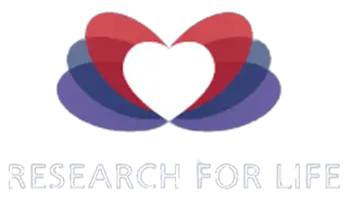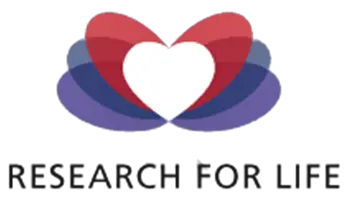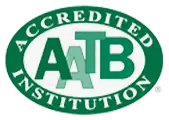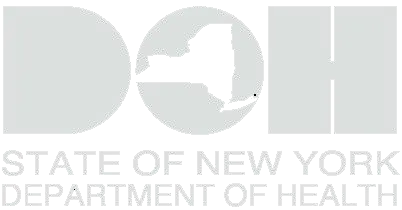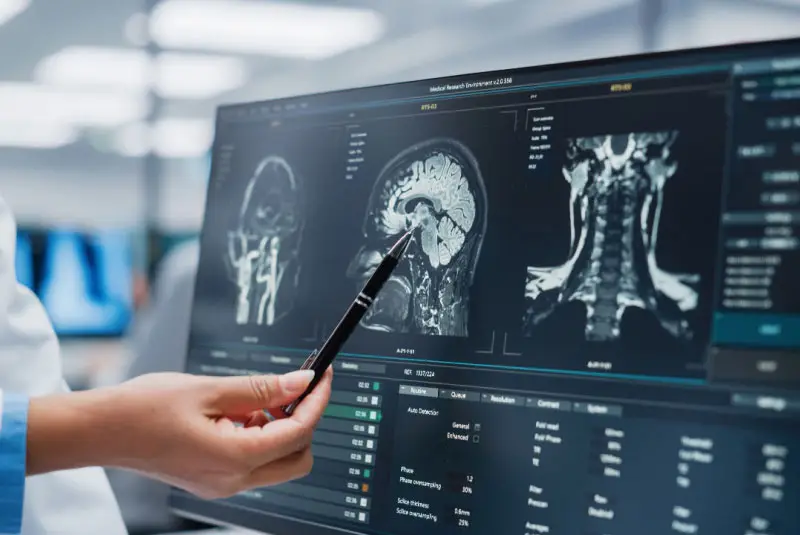
The Extraordinary Symphony of Deep Brain Stimulation
Deep brain stimulation (DBS) is a groundbreaking surgical therapy that has revolutionized the treatment of neurological disorders such as Parkinson’s disease, dystonia, essential tremor, epilepsy, Tourette syndrome, and obsessive-compulsive disorder. It is also being studied as a potential treatment for chorea, chronic pain, cluster headaches, dementia, depression, addiction, and obesity.
DBS is often described as a pacemaker for the brain and with its precise and targeted approach, deep brain stimulation involves the implantation of electrodes into specific regions of the brain to deliver electrical stimulation. By modulating neural activity, DBS offers hope for patients seeking long-term relief from debilitating symptoms, enhancing their quality of life in remarkable ways.
Now, DBS is not a cure and does not stop disease progression, but it can help manage motor symptoms and may improve some non-motor symptoms such as sleep, pain, and urinary urgency.
Qualifying For Deep Brain Stimulation
Ideal
- Symptoms for at least four years
- Review of medication history to assess symptoms and possible side effects
- Tremors or other physical symptoms that medication is not adequately controlling
- Symptoms that interfere with daily activities
Less-than-Ideal
- Difficulty with balance, walking, or freezing
- The primary symptom of speech difficulty
- Continuous confusion and problems with memory and thinking
- A psychiatric condition that has not improved or stabilized with treatment
- Any other condition that increases the risk of surgery complications
DBS From Start to Finish
The deep brain stimulation process is broken down into three main parts:
- The lead – commonly referred to as an electrode, this thin, insulated wire is insured through a small opening in the skull and implanted directly in the brain, the position of the tip of the electrode depends on the neurological disorder.
- The extension – this second insulated wire is passed under the skin of the head, neck, and shoulder connecting the lead to the implantable pulse generator.
- The implantable pulse generator (IPG) – also referred to as the battery pack is implanted under the skin near the collarbone, if it cannot be placed in the collarbone it can be placed lower in the chest or by the abdomen.

There are two surgeries associated with deep brain stimulation. The first is a surgery to place the electrodes in the brain. During the electrode placement, the doctor will:
- Give anesthesia to put the patient to sleep
- Make a small incision in the skin over the skull close to the targeted brain area
- Make one or two small holes in the skull and implant the electrode
- Use an imaging system to scan during the procedure to ensure proper placement
- Close incisions
Then seven to ten days after the initial procedure, the patient will have a short outpatient surgery that places the IPG and and the extension wires. During the pulse generator placement, the surgeon will:
- Give anesthesia to put the patient to sleep
- Place leads under the skin and scalp to connect the electrodes placed in the first procedure
- Implant the IPG under your collarbone
- Connect the ends of the electrodes to the IPG using extension wires
- Close incisions
DBS undoubtedly has incredible results for those who elect to have this surgery but, in any procedure, there are possible complications and side effects. The most common complications and side effects of deep brain stimulation can include:
DBS undoubtedly has incredible results for those who elect to have this surgery but, in any procedure, there are possible complications and side effects. The most common complications and side effects of deep brain stimulation can include:
Complications
- Infections and sepsis
- Bleeding – Internal or at the incision site
- Coma
- Stroke
- Brain swelling
- Shifting of leads
- Lead wires coming loose
- Failure of leads or IPG
- Pain or soreness around IPG
Side Effects
- Balance problems
- Confusion or trouble focusing
- Double vision
- Memory issues
- Numbness
- Tingling in certain parts of the body
- Seizures
- Unexpected changes in brain function that affect the body
- Depression
After this surgery, most patients spend at least one night at the hospital and go home the next morning. Physical recovery and rest are critical for healing and most patients can return to work within two to four weeks, depending on the case. Four weeks after the procedure, the neurologist will begin to program the stimulator over several visits with the goal of fine-tuning the IPG to help reduce symptoms and minimize potential side effects. On average, it takes about six months to reach the correct settings but for some, it can take up to 18.
Once implanted, patients will see different results based on the neurological disorder. DBS is commonly used to treat the deliberating motor symptoms of Parkinson’s Disease including rigidity, slowed movement, overall stiffness, tremors, and problems walking. For dystonia, individuals who receive DBS could reduce the disorder’s characteristic involuntary muscle contractions that cause symptoms such as abnormal posture, repetitive movements, or twisting. Brain stimulation can target the thalamus and help improve the involuntary movement of arms, hands, and head which is often associated with essential tremors. Lastly, people with epilepsy can use DBS as an add-on therapy for adults with focal epilepsy in addition to another form of treatment called neurostimulation.
